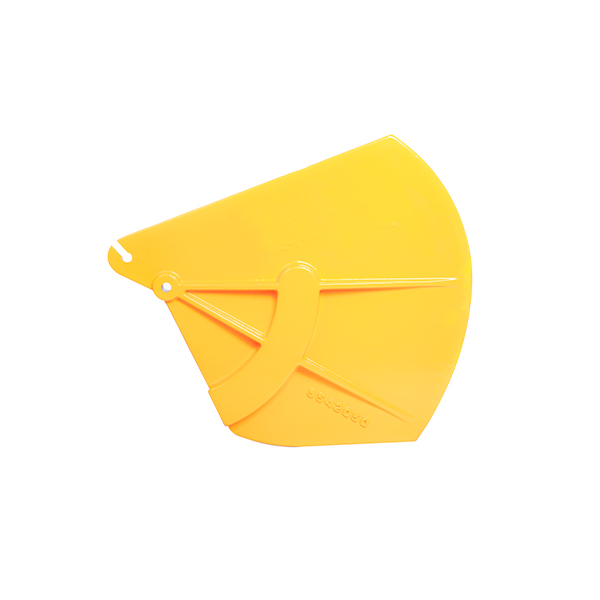Mobile:+86-311-808-126-83
Email:info@ydcastings.com
English
Exploring the Benefits and Applications of Composite End Caps in Modern Manufacturing Techniques
Composite End Caps A Comprehensive Overview
Composite end caps are an essential component in various industries, particularly in construction, automotive, and manufacturing. These specialized caps are designed to cover the ends of tubes, pipes, or hollow structures to prevent debris ingress, protect against environmental factors, and improve aesthetics. As the demand for lightweight yet durable materials increases, composite end caps have emerged as a viable solution. This article explores the advantages, applications, and manufacturing processes of composite end caps.
Advantages of Composite End Caps
One of the primary benefits of composite end caps is their lightweight nature. Composed typically of materials such as fiberglass, carbon fiber, or other polymer blends, these end caps offer significant weight savings over traditional materials like steel or aluminum. This reduction in weight can lead to lower transportation costs and improve overall efficiency, especially in applications such as aerospace and automotive manufacturing, where every gram counts.
Durability is another critical advantage. Composite materials are known for their resistance to corrosion, rust, and UV degradation. This makes composite end caps ideal for outdoor applications or environments where moisture and chemicals are prevalent. Their superior longevity ensures that maintenance costs are kept to a minimum, increasing reliability over time.
Furthermore, composite end caps provide excellent thermal and acoustic insulation properties
. This can be particularly beneficial in automotive and HVAC applications, where managing temperature and sound levels is crucial for performance and comfort.Applications of Composite End Caps
Composite end caps find applications across a range of sectors. In the construction industry, they are used to protect the ends of columns or exposed pipes, enhancing both end protection and visual appeal. Their use in balustrades and railings has also gained popularity, allowing for a polished and clean finish that safeguards against environmental wear.
composite end caps

In the automotive sector, composite end caps are prevalent in vehicle chassis and structural components. Their lightweight yet strong nature contributes to improved fuel efficiency and overall vehicle performance. Additionally, manufacturers use these end caps in the production of performance parts, where every detail can make a significant difference in functionality.
Another significant area of application is in the marine industry, where composite materials excel due to their resistance to harsh marine environments. Composite end caps are utilized in boat building and repairs, helping to protect critical structural elements from water damage and decay.
Manufacturing Processes
The production of composite end caps typically involves advanced manufacturing techniques such as injection molding, compression molding, or filament winding. These processes enable the efficient creation of complex shapes and sizes while maintaining tight tolerances.
Injection molding is often favored for high-volume production runs, allowing for rapid production cycles and consistent quality. Compression molding, on the other hand, is ideal for larger parts and can produce very strong components due to the pressure applied during the manufacturing process. Filament winding is particularly useful for producing hollow caps that require reinforcement while keeping weight to a minimum.
Conclusion
Composite end caps are a testament to the innovative advancements in material science and manufacturing processes. Their unique combination of lightweight properties, durability, and versatility make them a vital choice across various industries. As technology continues to evolve, the application and efficiency of composite end caps are expected to expand, further solidifying their role as essential components in modern engineering solutions. Whether enhancing the aesthetics of a building, improving the performance of a vehicle, or ensuring excellence in marine construction, composite end caps are poised to play a key role in shaping the future of design and manufacturing.
-
Premium Fan Housing & Motor Casing for Optimal AirflowNewsAug.31,2025
-
High-Performance Automobile Water Pump & Electric SolutionsNewsAug.30,2025
-
Expert Stainless Steel Casting | Precision & Durable Metal PartsNewsAug.29,2025
-
Precision Metal Castings: Aluminum, Stainless Steel & Die CastingNewsAug.28,2025
-
Superior Aluminum Castings in Automotive Engine PartsNewsAug.22,2025
-
Common Materials Used in Fan Housing ManufacturingNewsAug.22,2025











